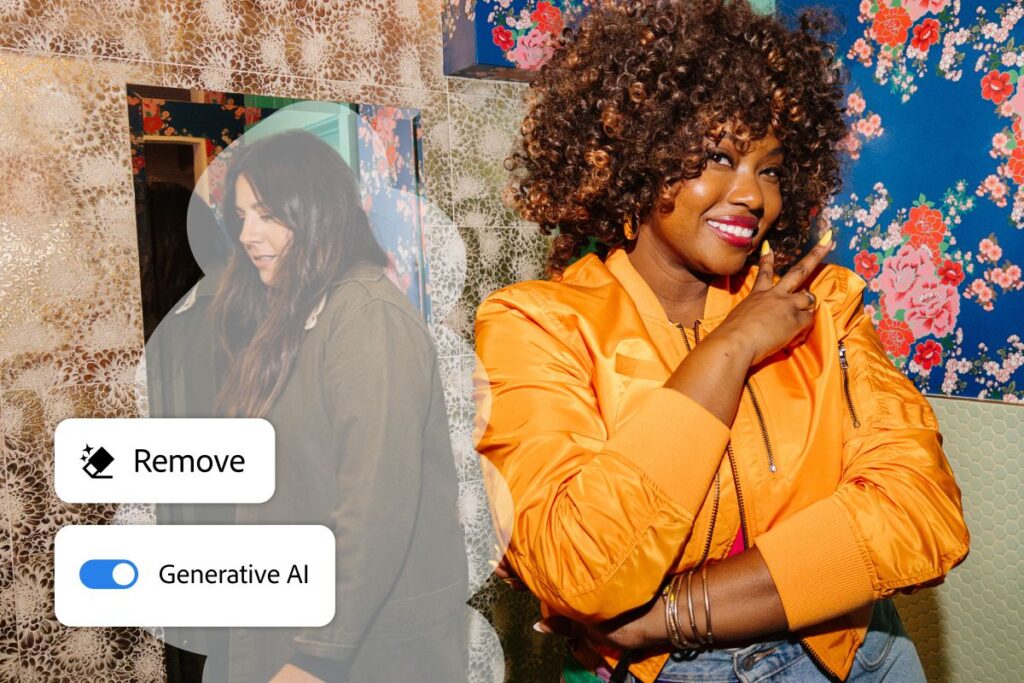Adobe Lightroom is getting another artificial intelligence (AI) feature called Generative Remove. The new feature can remove any unwanted object from an image with one click, making photo editing easy for both professional and novice users. Additionally, the company is also introducing the Lens Blur feature, which, as the name suggests, adds an aesthetic lens blur to images. Both of these features will be available to users through the Lightroom web client, mobile apps as well as desktop apps.
Announcing it Tuesday via a press release, Adobe noted that these features are being introduced as intuitive and simple tools for both photographers and professional hobbyists. Calling Generative Remove its most powerful removal tool yet, Adobe said it can “remove unwanted objects from any photo non-destructively in one click by intelligently merging the removed area.” The company also shared a video demonstrating the tool.
Based on the description and video, the feature appears to be similar to Canva and the Google Pixel’s Magic Eraser and Samsung’s Object Eraser tool within Galaxy AI. However, the accuracy of background regeneration after object removal will determine how well it compares to the competition. The feature is currently available to eligible early access users. While it’s available for free in beta, it may remain behind a paywall once it’s released publicly. Notably, the Generative Remove tool is powered by Adobe’s Firefly Image 1 model.
Another feature being introduced is called Lens Blur. Unlike Generative Remove, this is generally available to all users. Powered by artificial intelligence, it adds an aesthetic blur effect to any photo, regardless of whether it originally had a blur effect. This is a full digital blur and will be available in three new presets to choose from.
In fact, last month Adobe introduced three new AI features for Photoshop powered by its latest model Firefly Image 3. First, Reference Image allows users to upload an image as a reference to generate new images. Then there is Generate Background which replaces and creates backgrounds. Finally, Generate Similar produces different variations of a previously generated image for precise control over the result.


